Lisbon I: Picspam the first
May. 1st, 2023 08:00 pmFor the first time in a good long while, I‘m visiting an European country I‘ve never visited before: Portugal. We‘re starting with Lisbon, and it‘s so gorgeous that I need to pic spams to cover it before moving on to the rest of the country, which the APs and I will do tomorrow. But first:
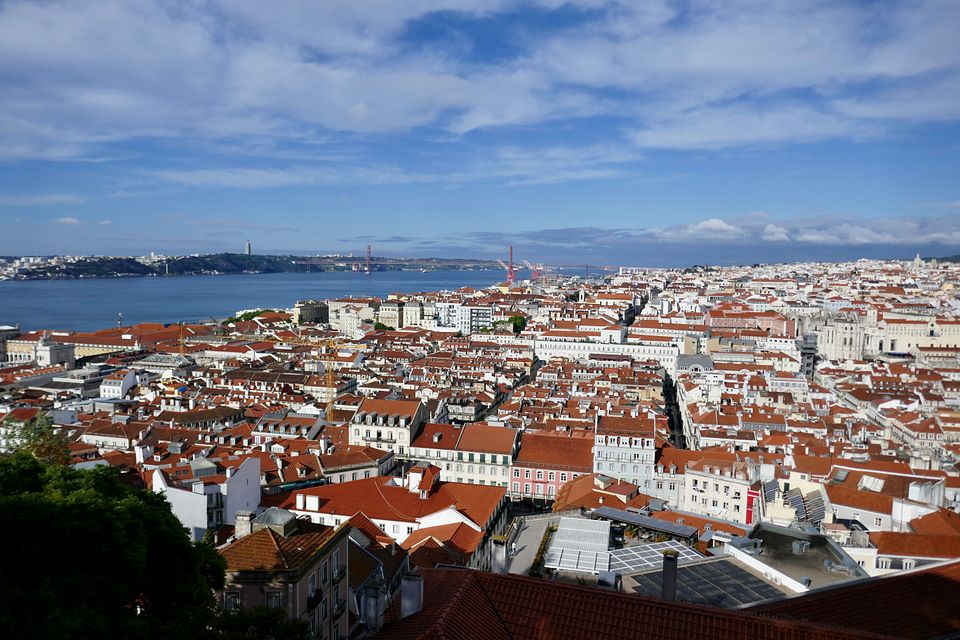
Well, that‘s what Heinrich Mann called it. He as well as a lot of other exiles who fled the continent after WWII had started said farewell to the continent in Lisbon.
Considering the great earthquake of 1755, the one that caused a big debate among most of the intellectuals of the century about the meaning of all this devastation, destroyed much of Lissabon, it‘s absolutely incredible how the city was rebuilt and how much was saved. Here‘s the castle, San Jorge, built in the twelfth century.
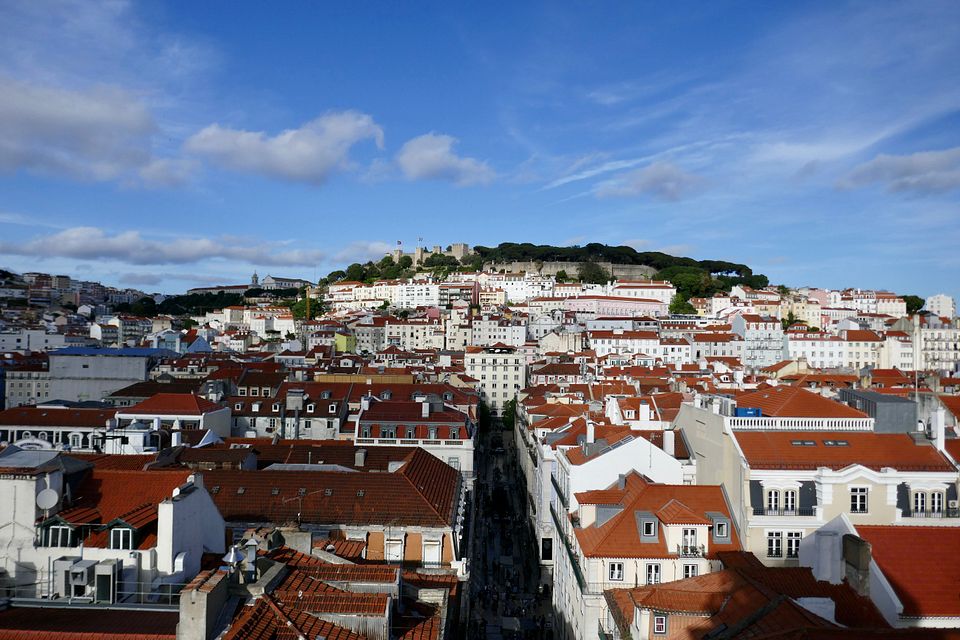
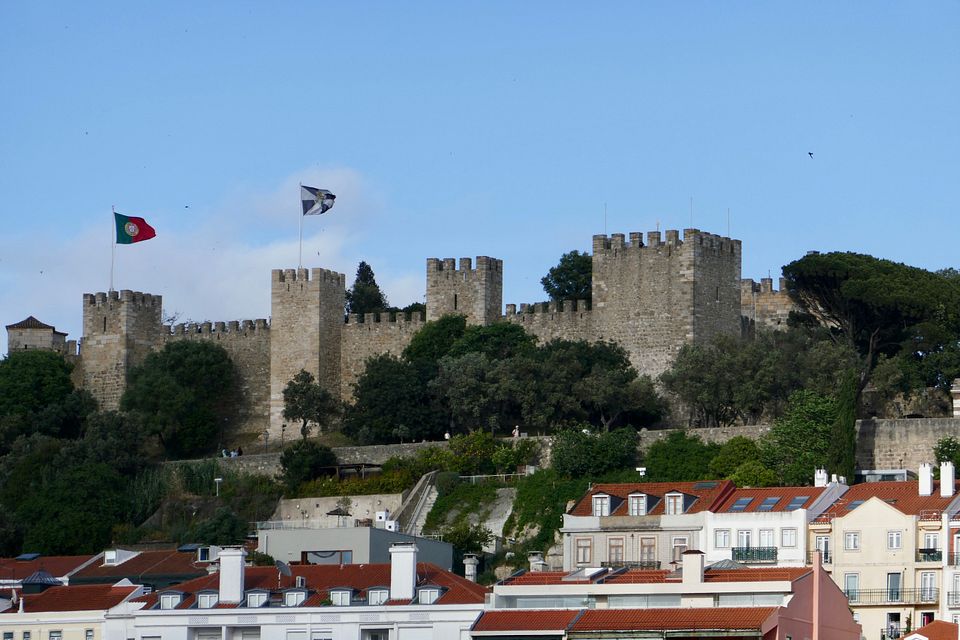
Today, the castle‘s greatest charm, aside from the magnificent view,lies in all the peacocks who were wooing each other when we were there. I mean:

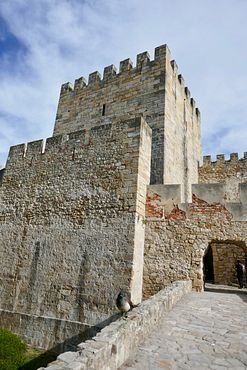
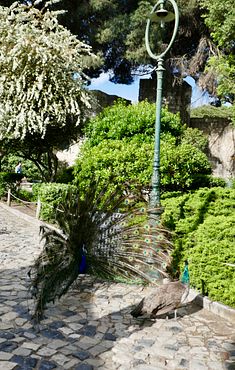

On to a more modern landmark, the elevator San Justo. If you note some stylistic similarities to the Eiffel Tower, it‘s not a coincidence. (
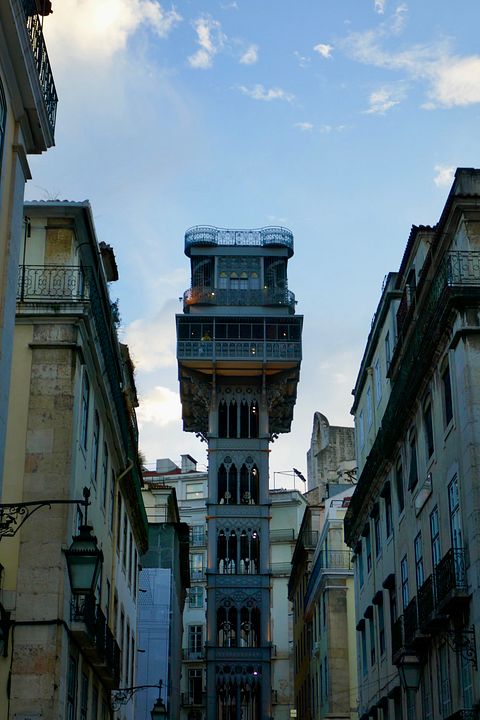
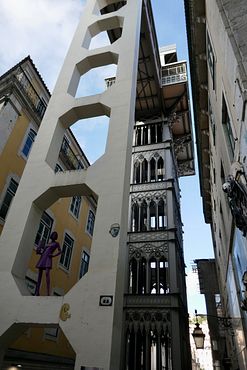
Here‘s San Justo as seen from the castle. Next to it are the ruins of a church destroyed in the great earthquake and never rebuild.
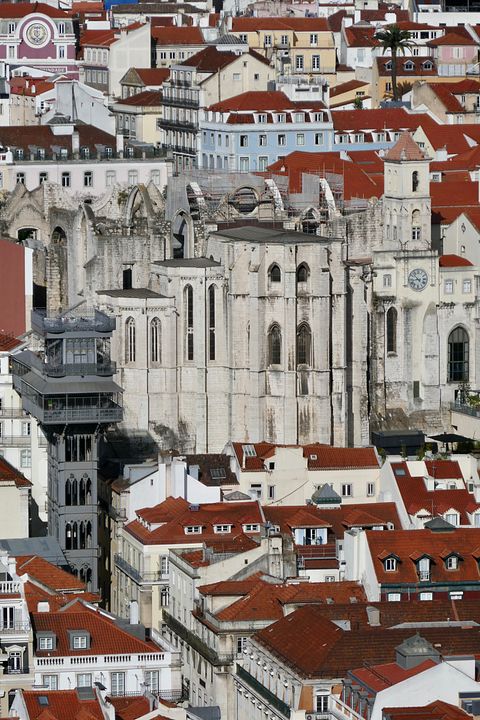
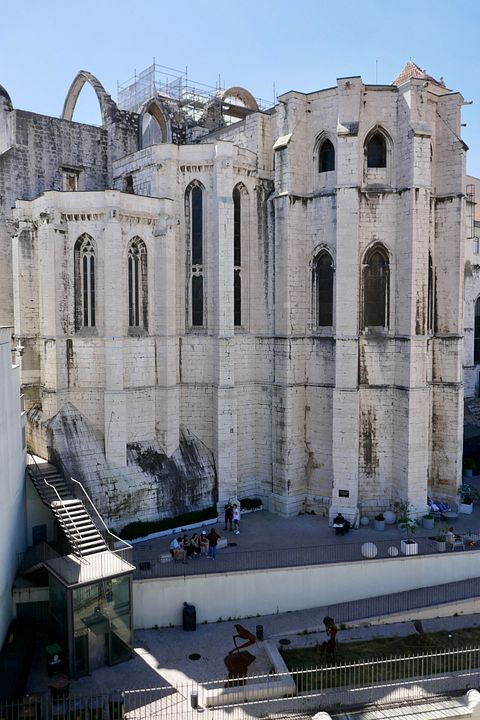
I wanted to visit the inside, but it‘s a museum now, meaning it was closed today, yesterday it was overcrowded, and on Saturday, there was a marriage party celebrated inside.
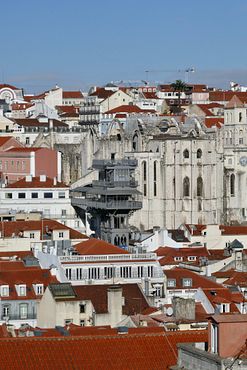
Back in the past again. Here‘s San Vincente within the skyline of the city:

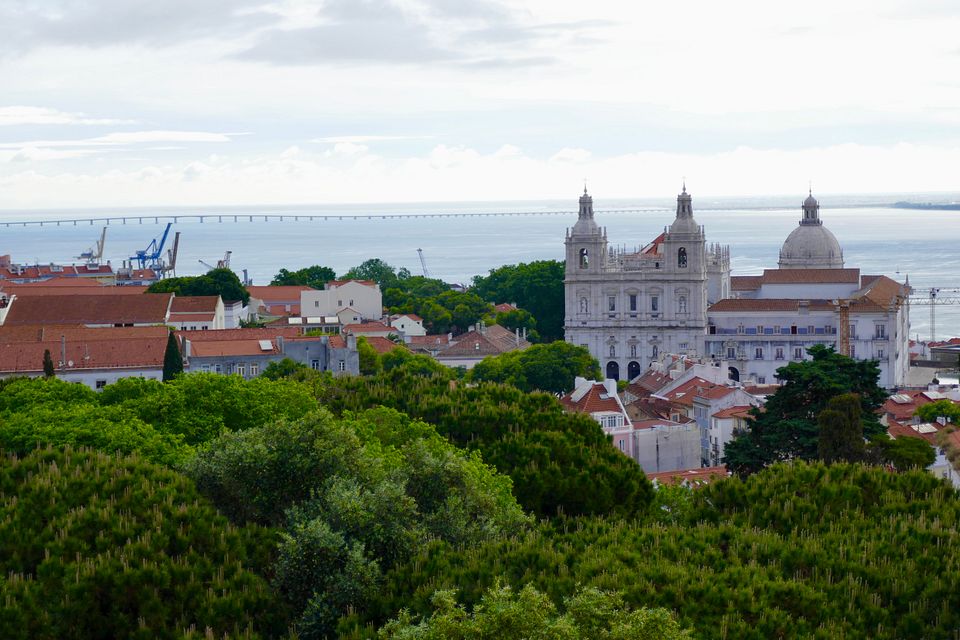
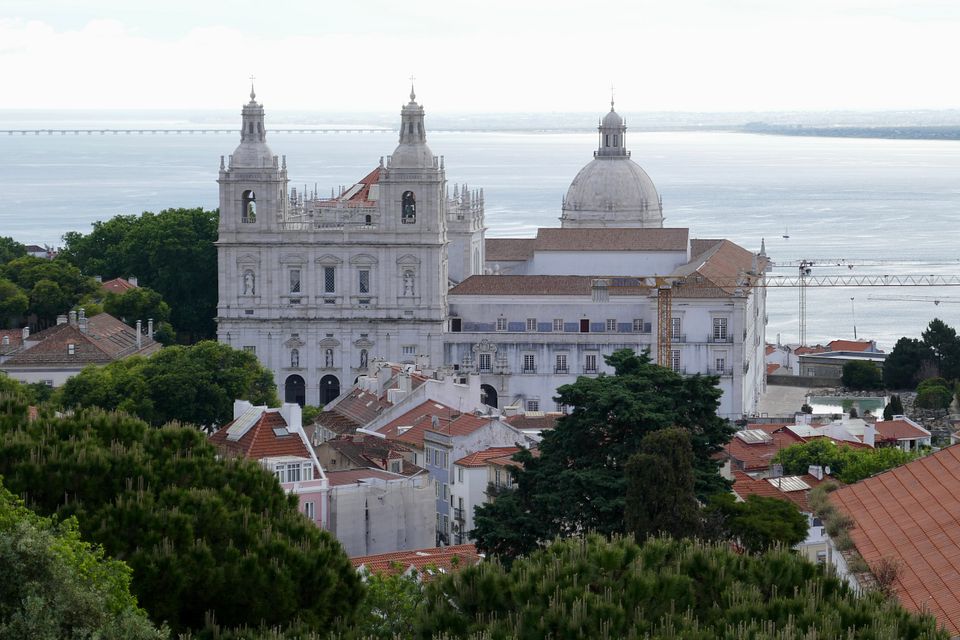
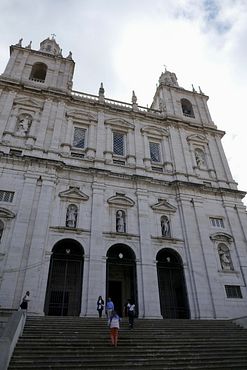
It offers a lot of diverse attractions inside. Including an ancient water cistern.
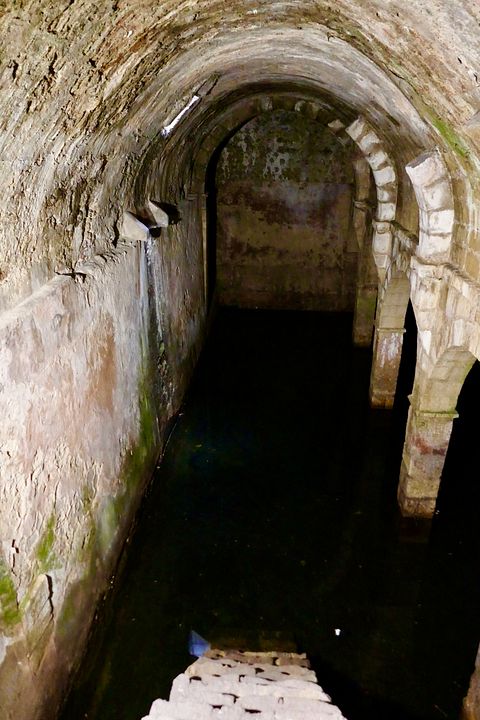
And inside rooms like these, which were our first but not last taste of baroque Portuguese opulence.
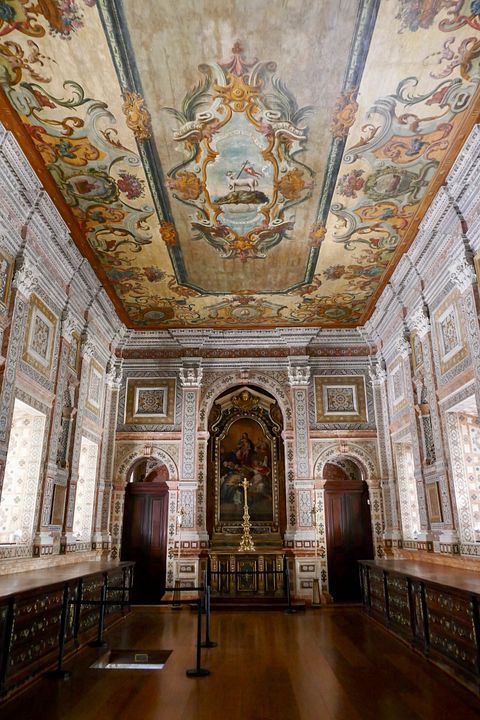

A lot of Portuguese royalty is buried here, of the House of Braganza (same dynasty Charles II‘s wife is from.)
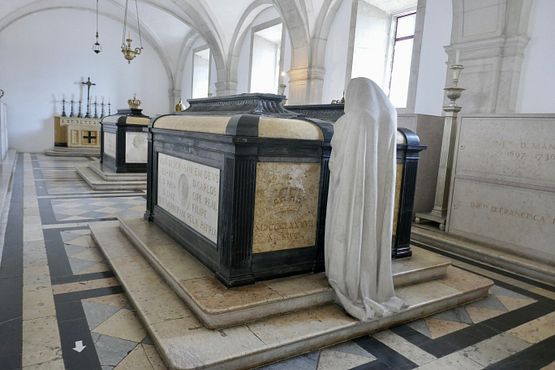
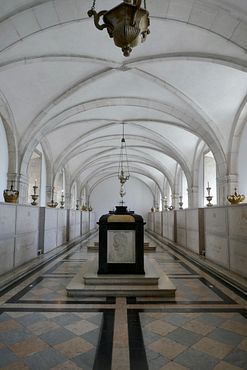
In great contrast to all these kind of tombs were recent archaeological findings: some Teutonic Knights who helped fighting against the Muslims when the Christians conquered later Lisbon.
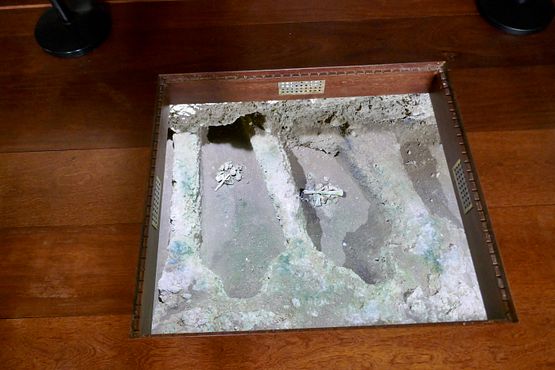
You can go on the rooftop of St. Vincent:
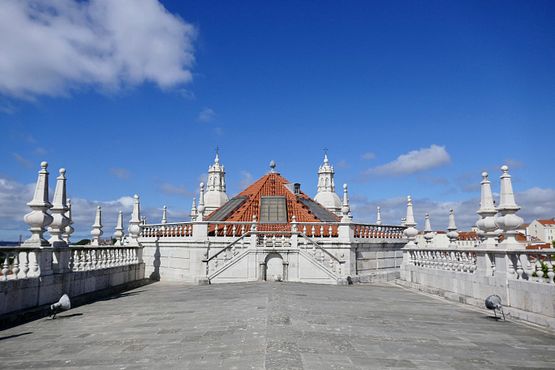
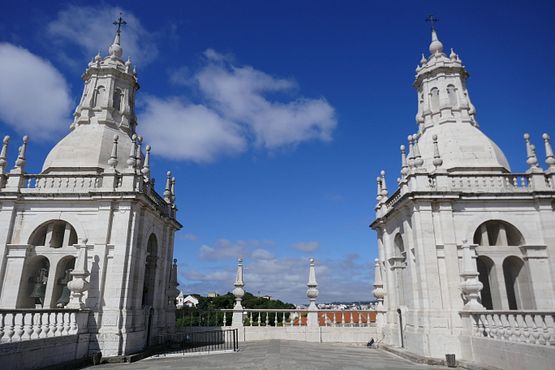
Not far away from St. Vincent is the Lisbon Pantheon:
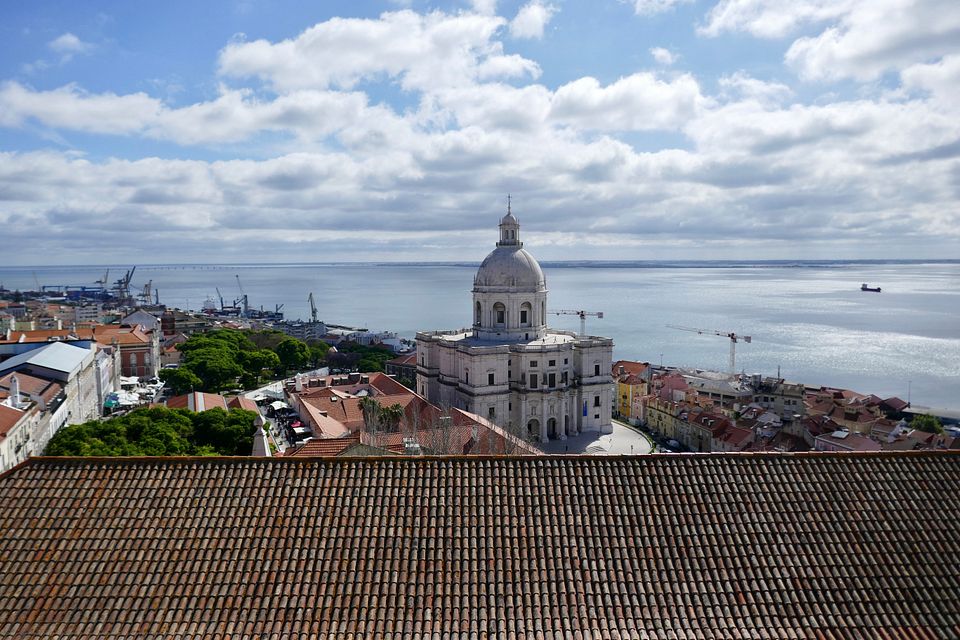
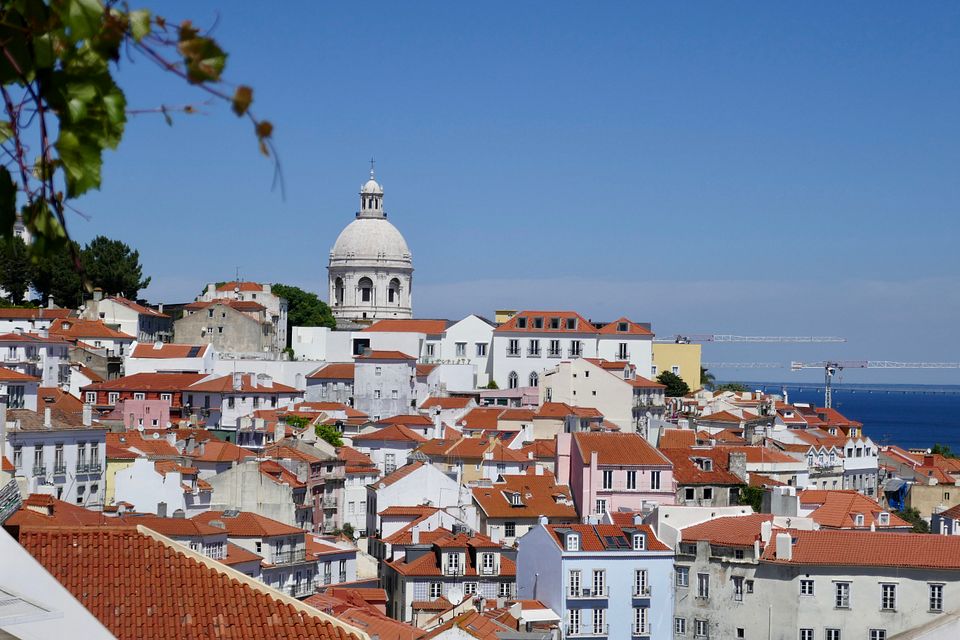
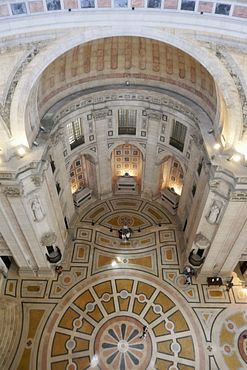
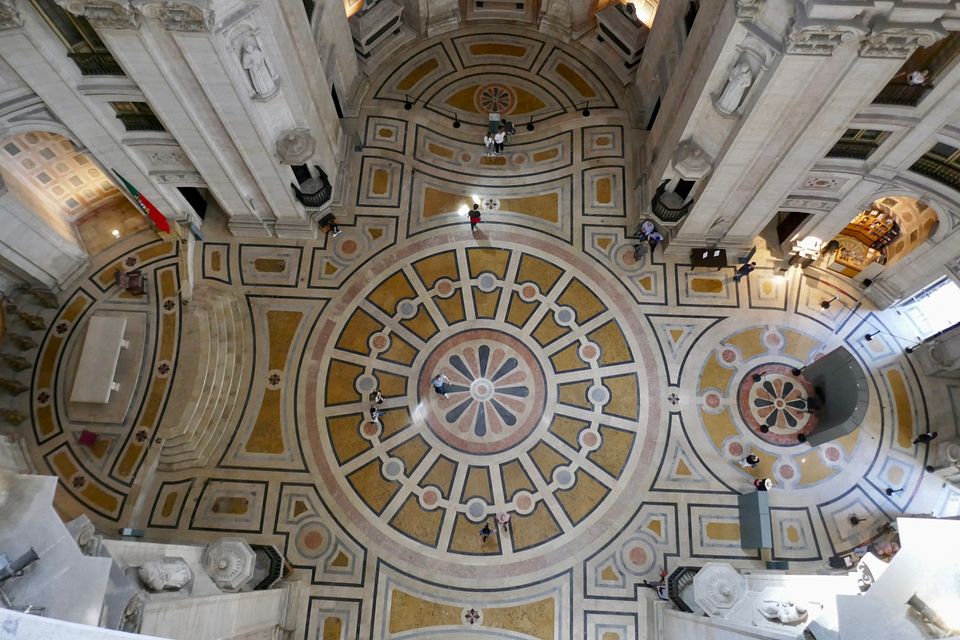
There are six cenotaphs - meaning monuments to great Portuegese men (I didn‘t see a woman) who were actually bured elsewhere: Vasco da Gama and Prince Henry the Navigator and Camoes the poet were the ones familiar to me. Anyway, you can get on the rooftop of the Pantheon as well.
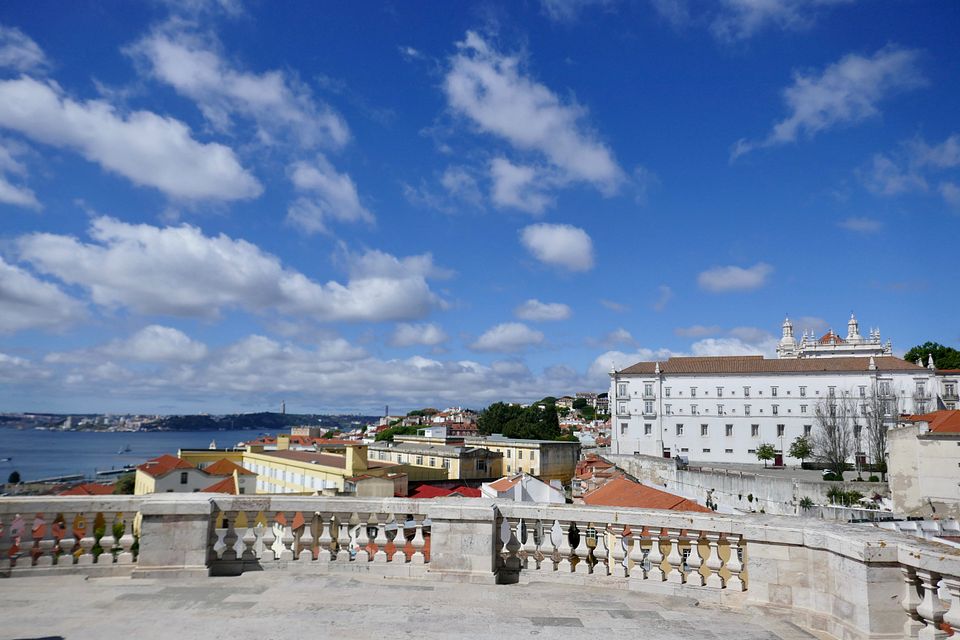
From which you can see one of Lisbon‘s largest flea markets:
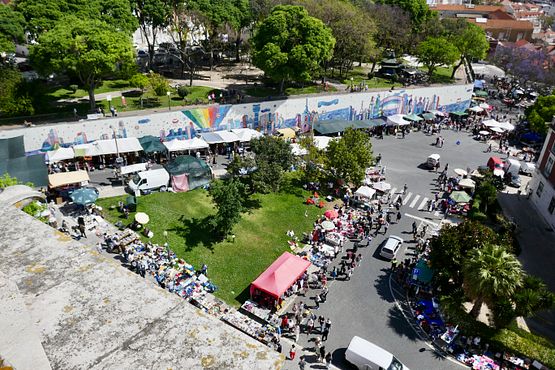
The Commercial Square. It did exist in pre- 1755 Earthquake Lisbon - Lisbon was where all the riches arrived, after all - but not quite in this form, as an old royal palace was also there, completely destroyed thereafter. The architect put in charge of reconstruction swept away the palace and came up with this solution, seen from various angles:

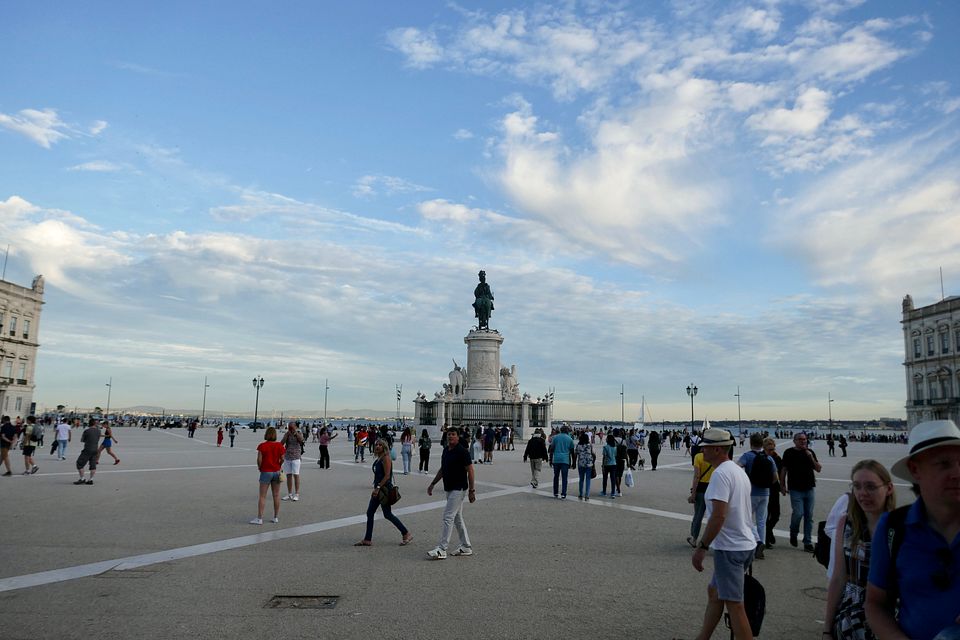
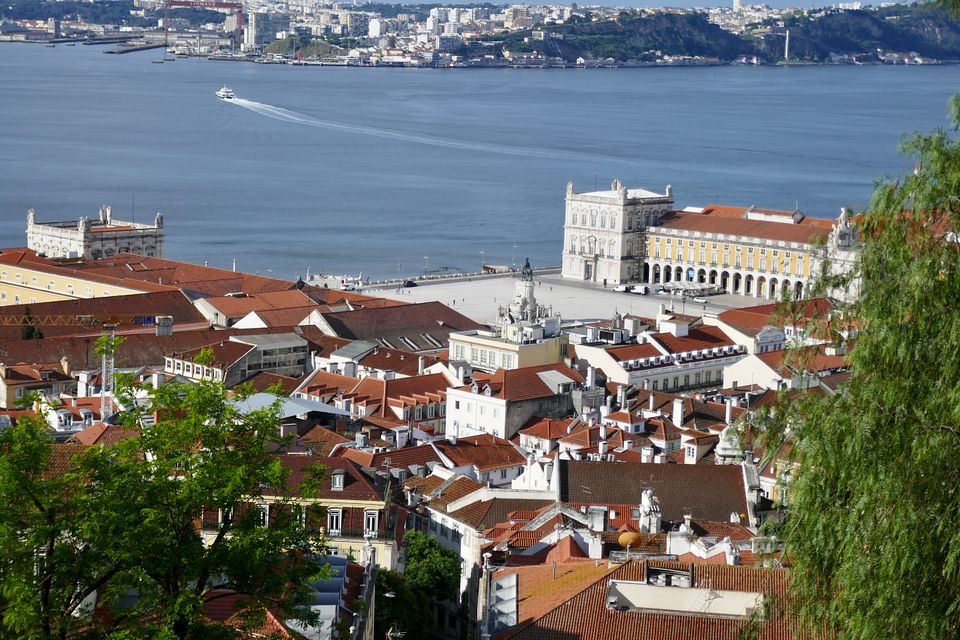
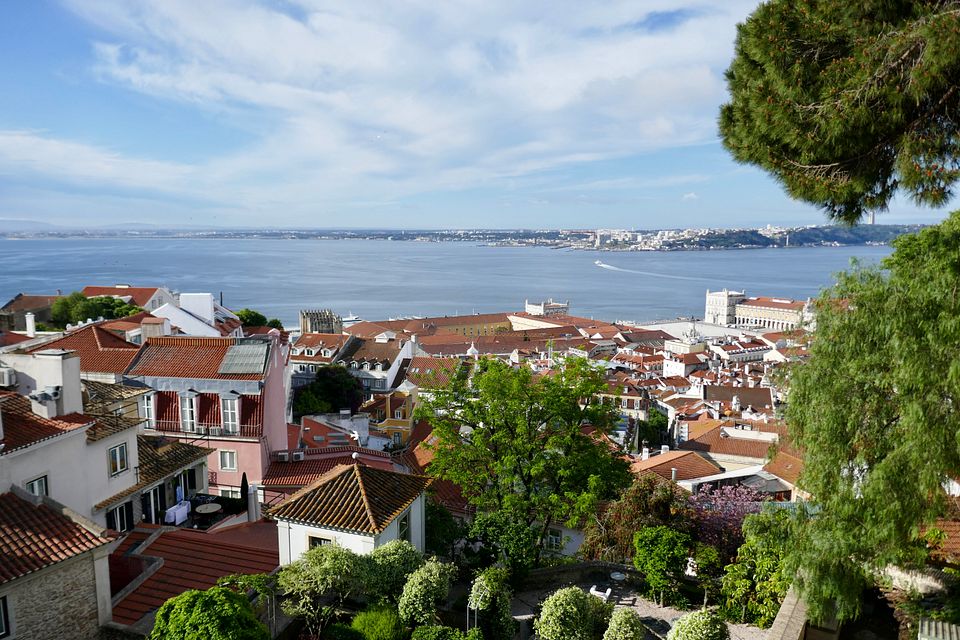
The last one is seen from the castle. If you leave the square through the Augustus Road and turn back, this is what you see:
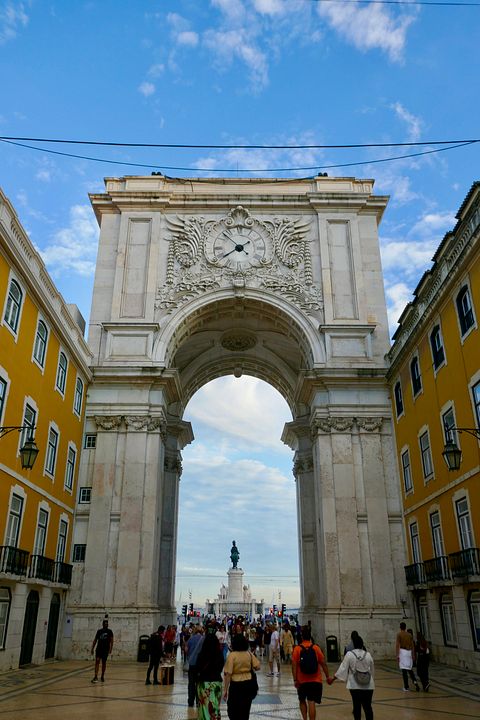
Time for more modern Lisbon again. Something very typical here are the famous Lisbon streetcars, tiny, busy, and everywhere. Check out some:
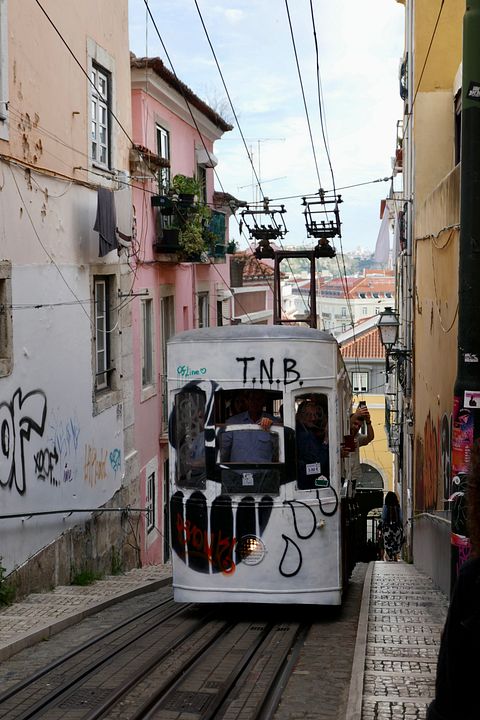
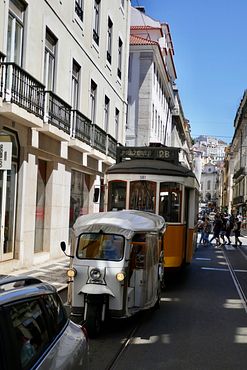
The one above behind the TucTuc is the most famous line, E28, which you‘re encouraged to use as it passes most of the famous sites. Inside on a less crowded day, it looks like this:
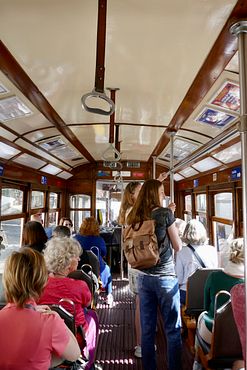
When you watch through the streetcar windows, you see a lot of the Lisbon houses covered with tiles, another signature trait:
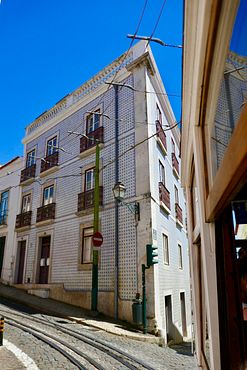
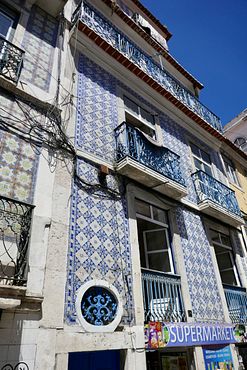
As are the small rows and the laundry hanging from the windows.

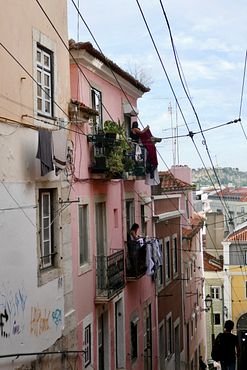
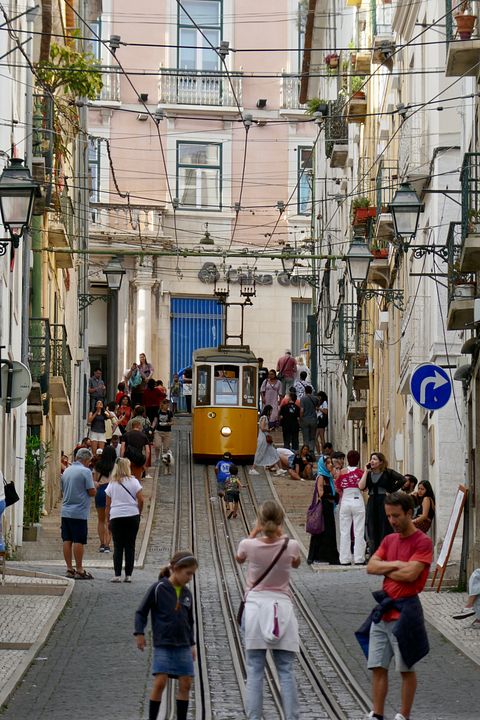
Two of the squares seen in passing:
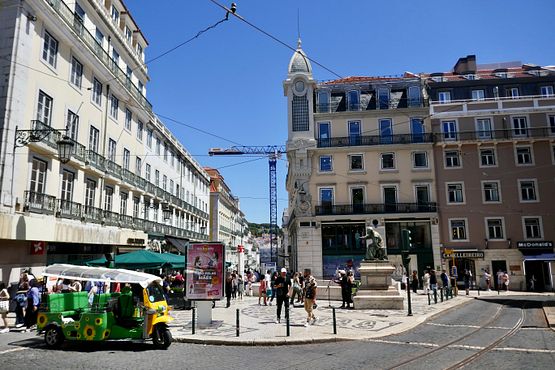
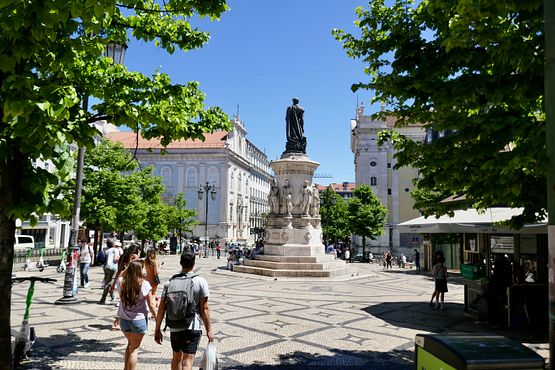
Speaking of tiles, there‘s a museum devoted to them, the Museu Azuelo, which is in a former nunnery.
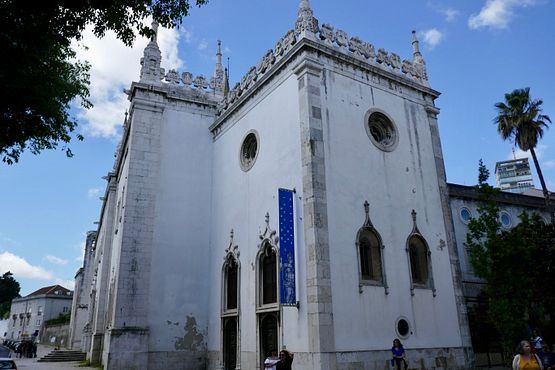
In addition to all the tiles, it also offers this kind of clerical opulence:
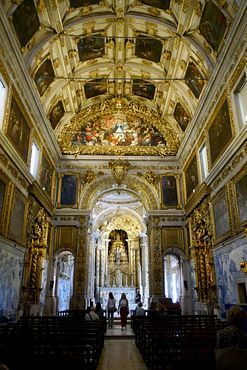
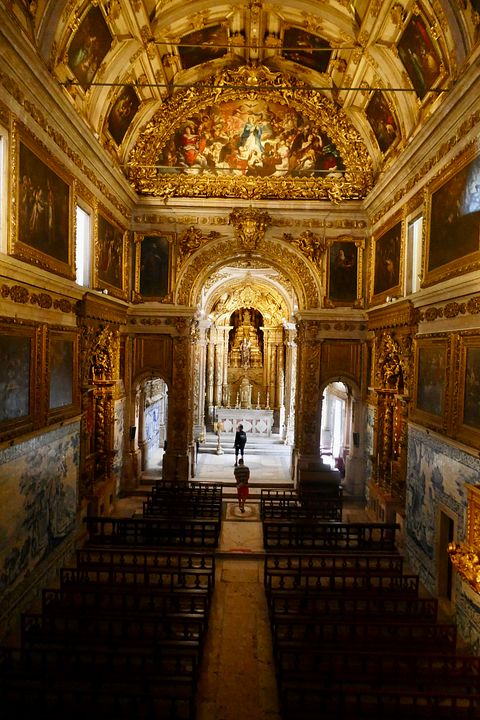
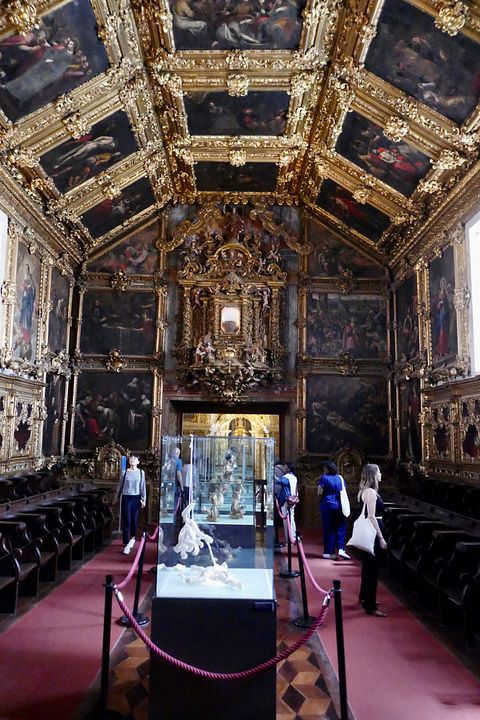

But mostly it‘s about the tiles:
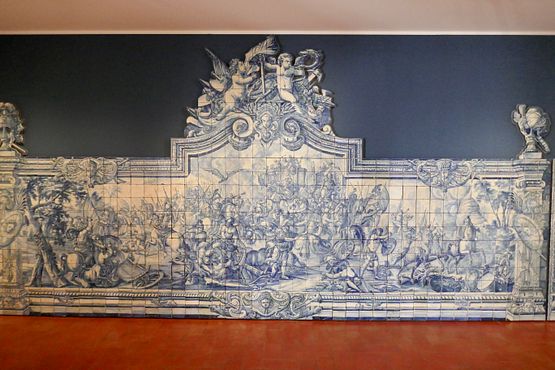
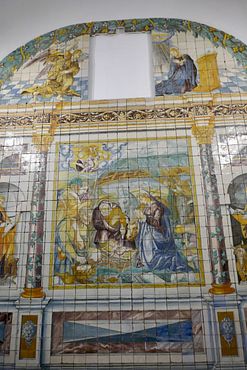
There are some modern exhibition pieces as well, like this porcellain gymnast:

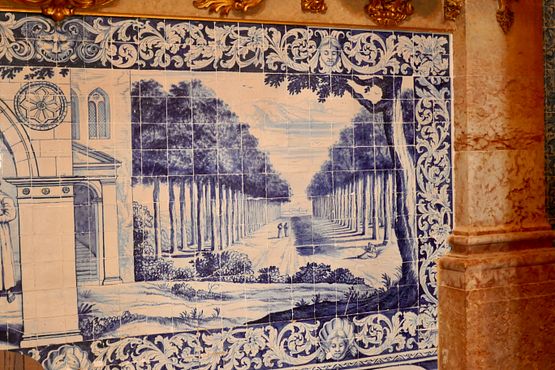
But the great set piece is a gigantic panorama showing pre-Earthquake Lisbon:
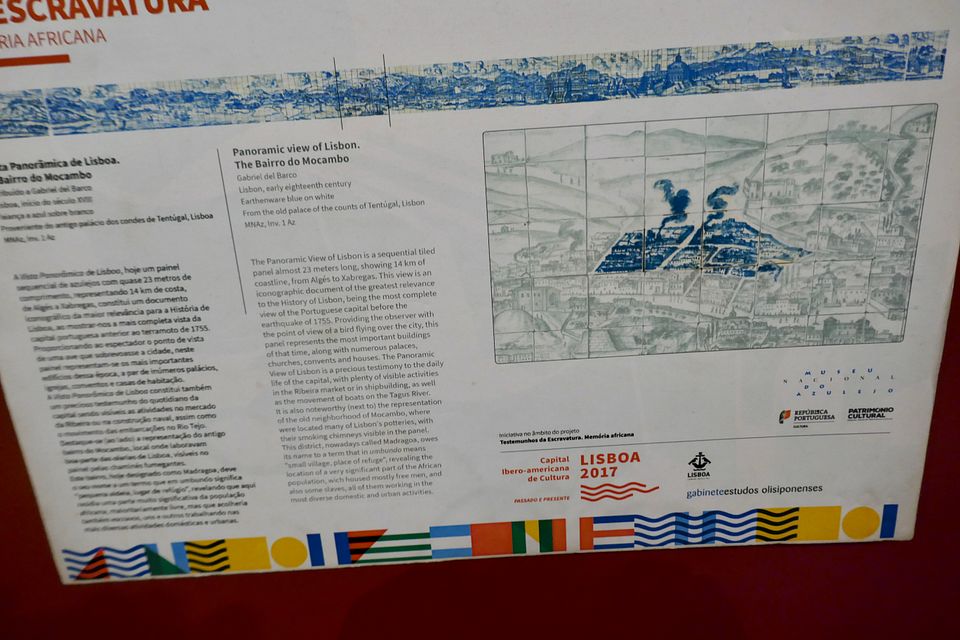

Some details:
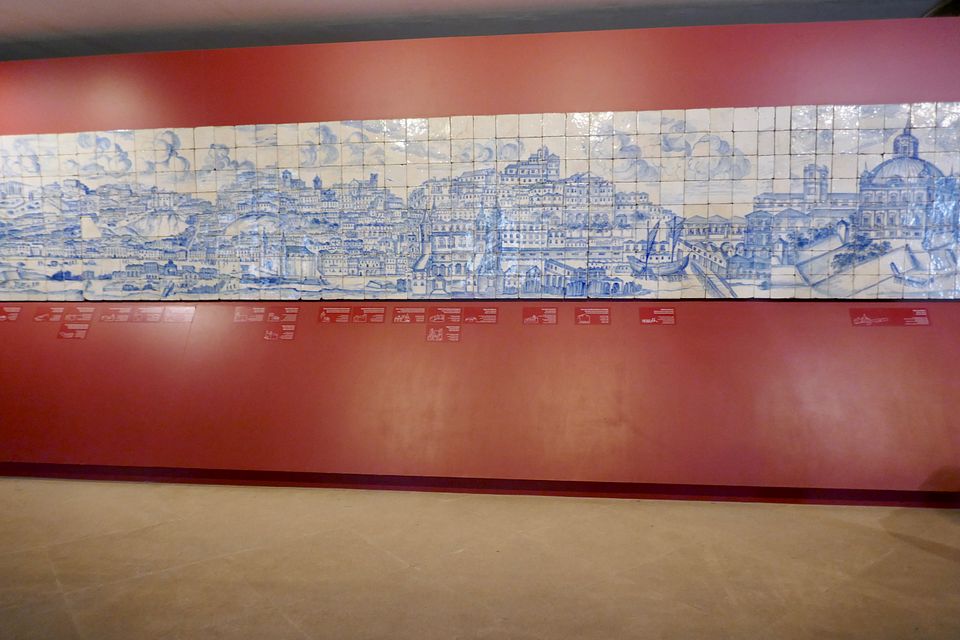
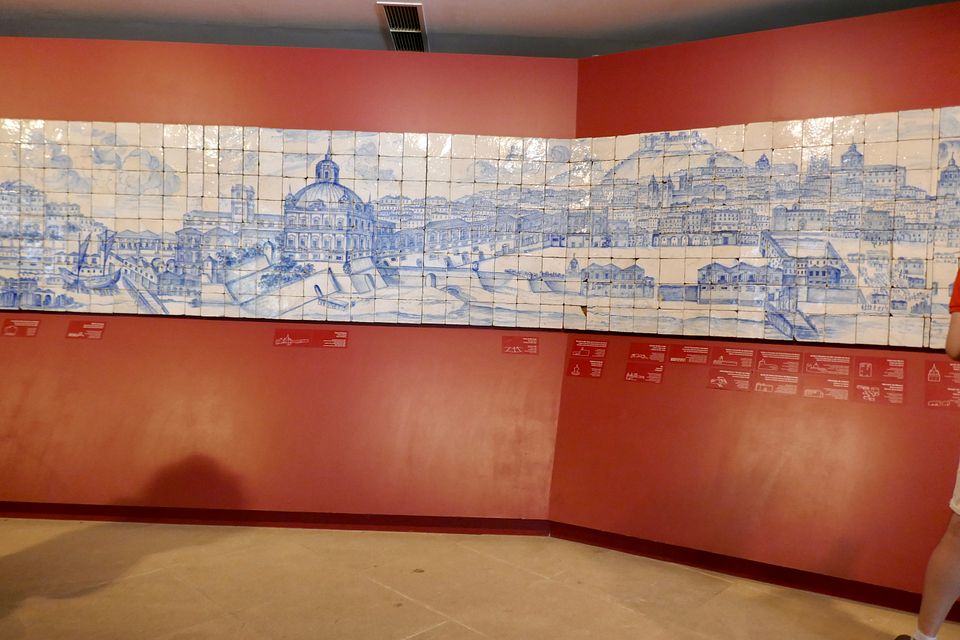
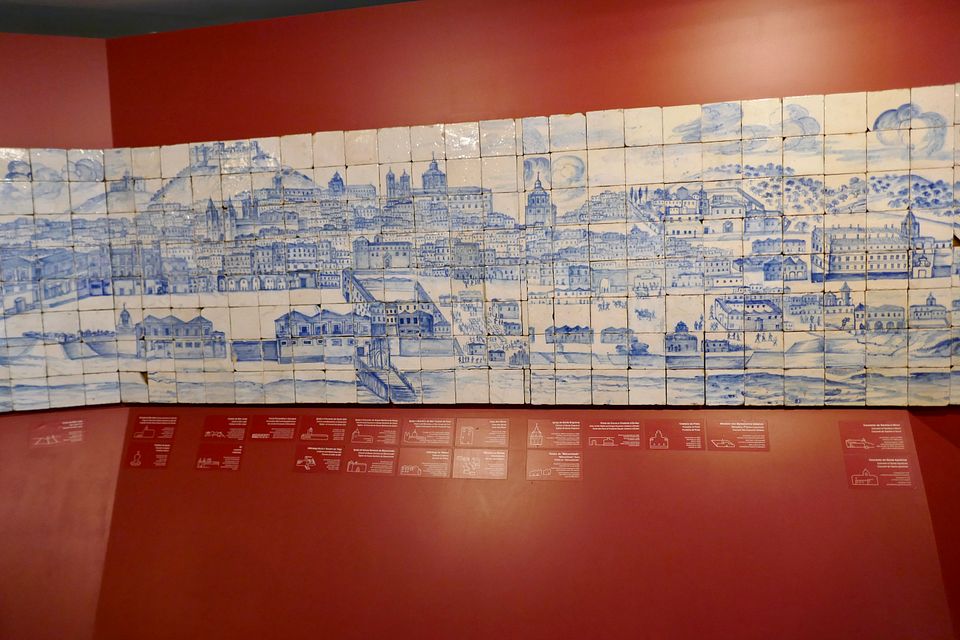
If you take the bus from this museum to the Terminal Vasco da Gama, where the world exposition some years ago took place, you‘re greeted with this sight of modern Lisbon:
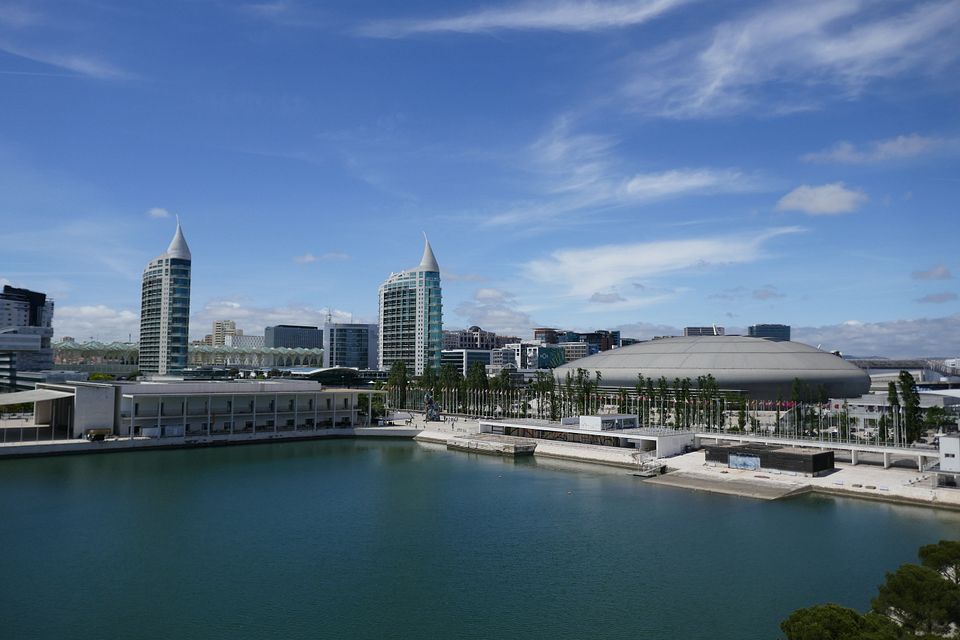
My favourite detail was the gigantic cat made of old used metal:
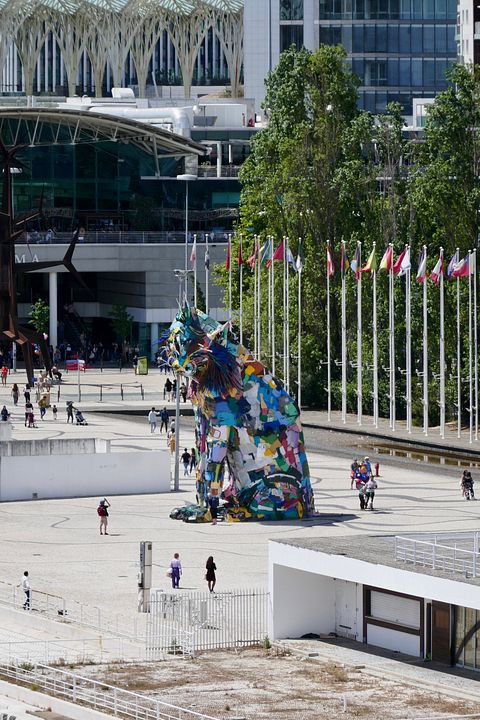
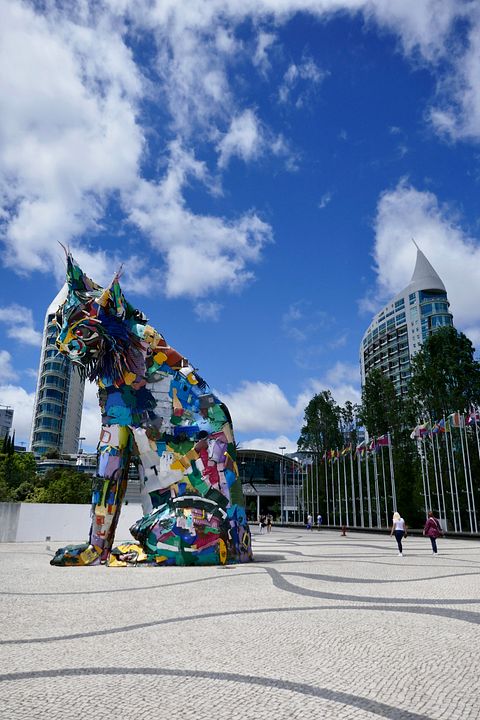

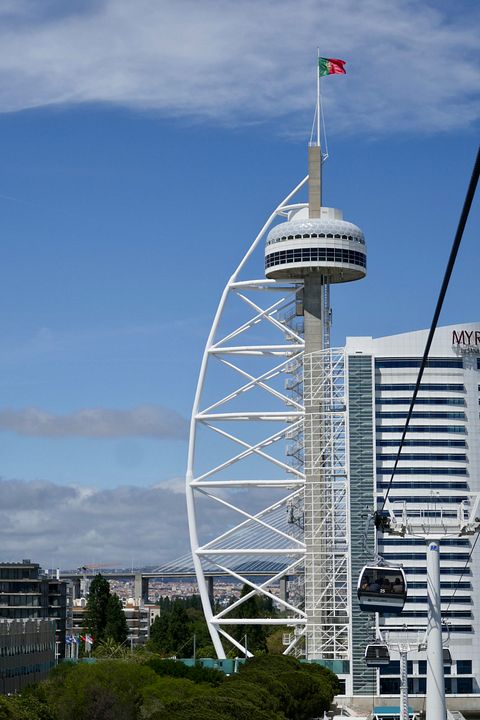
From this point, you can see one of the two bridges Lisbon boasts of pretty close. This one is one of the largest in Europe:
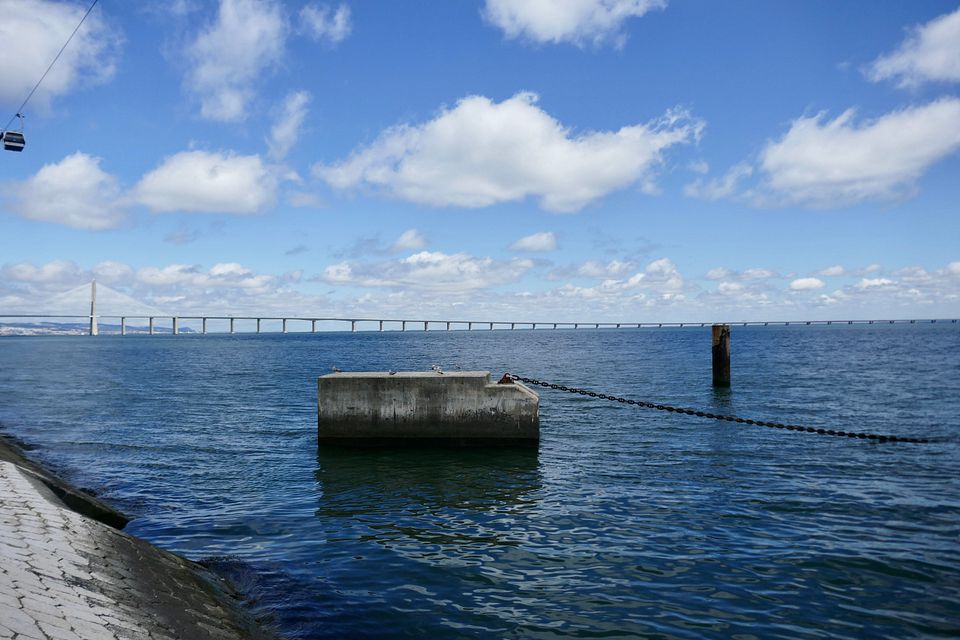

Enough modernity. On to the most excessively baroque and golden church in Lisbon. Which is saying something. San Rocco was originally built on this site in the hope the saint would protect the city from another attack of the Plague. Come the Renaissance, the Jesuits got the church, tore it down, and built something that takes the Counter Reformation to the ultimate extreme. When the order was temporarily dissolved in the 18th century, it went to another order, but kept accumulating riches. Until:
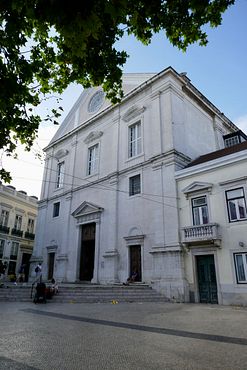
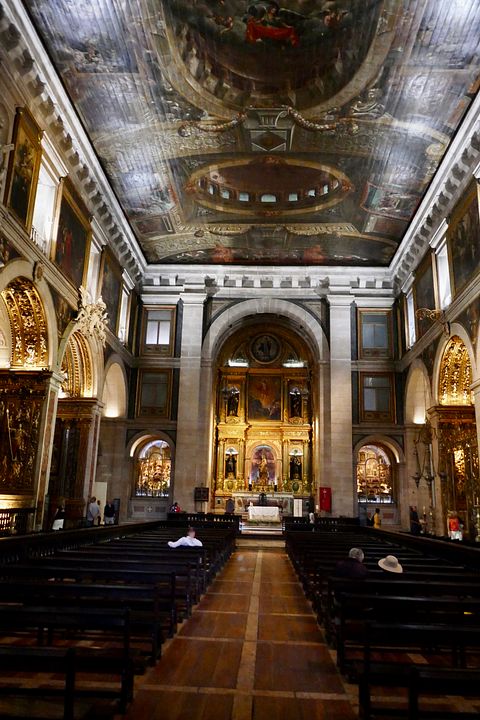

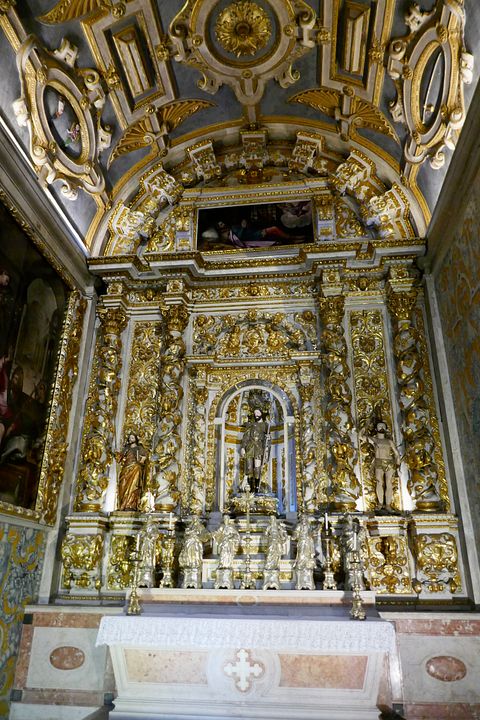

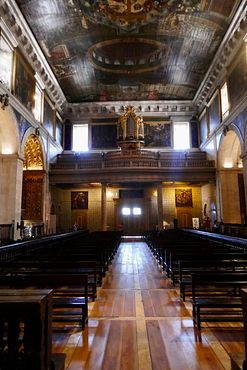
Wrapping up the first part of my Lisbon pic spam with a look at the river Tejo in the evening:
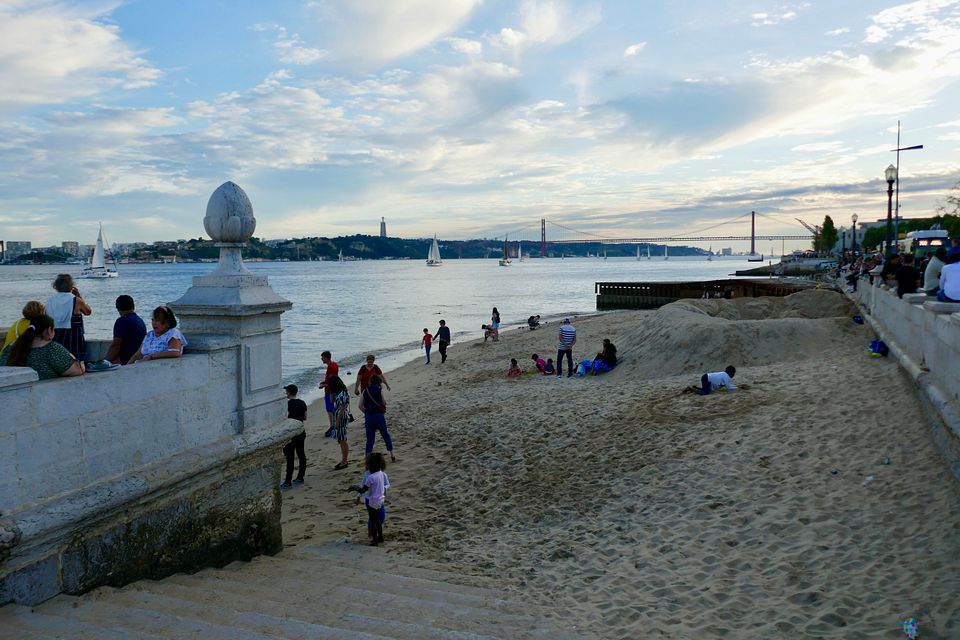
And the city panorama from yet another spot:

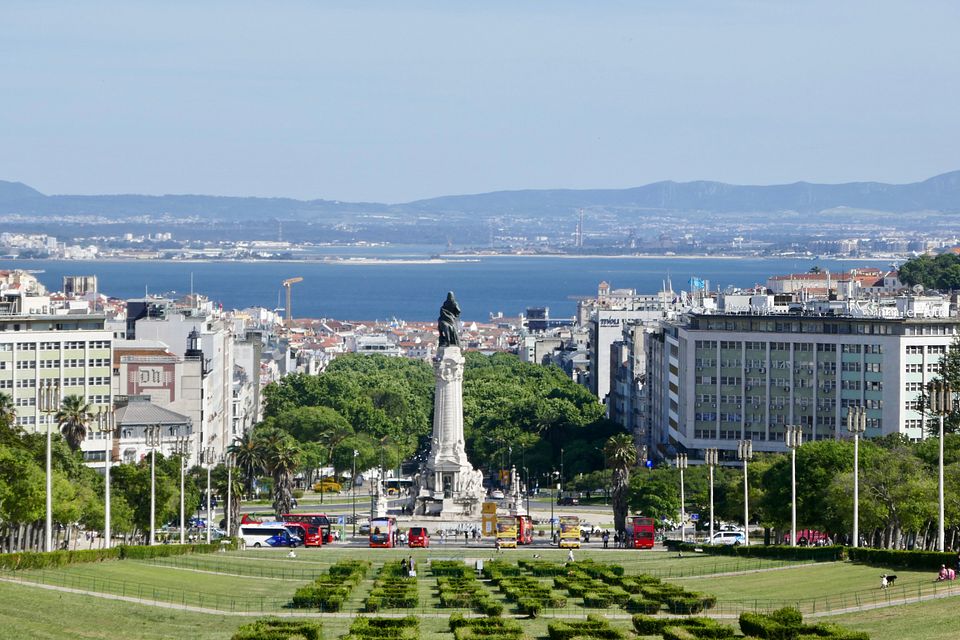
On to part two, to be posted within the hour!

Well, that‘s what Heinrich Mann called it. He as well as a lot of other exiles who fled the continent after WWII had started said farewell to the continent in Lisbon.
Considering the great earthquake of 1755, the one that caused a big debate among most of the intellectuals of the century about the meaning of all this devastation, destroyed much of Lissabon, it‘s absolutely incredible how the city was rebuilt and how much was saved. Here‘s the castle, San Jorge, built in the twelfth century.


Today, the castle‘s greatest charm, aside from the magnificent view,lies in all the peacocks who were wooing each other when we were there. I mean:




On to a more modern landmark, the elevator San Justo. If you note some stylistic similarities to the Eiffel Tower, it‘s not a coincidence. (


Here‘s San Justo as seen from the castle. Next to it are the ruins of a church destroyed in the great earthquake and never rebuild.


I wanted to visit the inside, but it‘s a museum now, meaning it was closed today, yesterday it was overcrowded, and on Saturday, there was a marriage party celebrated inside.

Back in the past again. Here‘s San Vincente within the skyline of the city:




It offers a lot of diverse attractions inside. Including an ancient water cistern.

And inside rooms like these, which were our first but not last taste of baroque Portuguese opulence.


A lot of Portuguese royalty is buried here, of the House of Braganza (same dynasty Charles II‘s wife is from.)


In great contrast to all these kind of tombs were recent archaeological findings: some Teutonic Knights who helped fighting against the Muslims when the Christians conquered later Lisbon.

You can go on the rooftop of St. Vincent:


Not far away from St. Vincent is the Lisbon Pantheon:




There are six cenotaphs - meaning monuments to great Portuegese men (I didn‘t see a woman) who were actually bured elsewhere: Vasco da Gama and Prince Henry the Navigator and Camoes the poet were the ones familiar to me. Anyway, you can get on the rooftop of the Pantheon as well.

From which you can see one of Lisbon‘s largest flea markets:

The Commercial Square. It did exist in pre- 1755 Earthquake Lisbon - Lisbon was where all the riches arrived, after all - but not quite in this form, as an old royal palace was also there, completely destroyed thereafter. The architect put in charge of reconstruction swept away the palace and came up with this solution, seen from various angles:




The last one is seen from the castle. If you leave the square through the Augustus Road and turn back, this is what you see:

Time for more modern Lisbon again. Something very typical here are the famous Lisbon streetcars, tiny, busy, and everywhere. Check out some:


The one above behind the TucTuc is the most famous line, E28, which you‘re encouraged to use as it passes most of the famous sites. Inside on a less crowded day, it looks like this:

When you watch through the streetcar windows, you see a lot of the Lisbon houses covered with tiles, another signature trait:


As are the small rows and the laundry hanging from the windows.



Two of the squares seen in passing:


Speaking of tiles, there‘s a museum devoted to them, the Museu Azuelo, which is in a former nunnery.

In addition to all the tiles, it also offers this kind of clerical opulence:




But mostly it‘s about the tiles:


There are some modern exhibition pieces as well, like this porcellain gymnast:


But the great set piece is a gigantic panorama showing pre-Earthquake Lisbon:


Some details:



If you take the bus from this museum to the Terminal Vasco da Gama, where the world exposition some years ago took place, you‘re greeted with this sight of modern Lisbon:

My favourite detail was the gigantic cat made of old used metal:




From this point, you can see one of the two bridges Lisbon boasts of pretty close. This one is one of the largest in Europe:


Enough modernity. On to the most excessively baroque and golden church in Lisbon. Which is saying something. San Rocco was originally built on this site in the hope the saint would protect the city from another attack of the Plague. Come the Renaissance, the Jesuits got the church, tore it down, and built something that takes the Counter Reformation to the ultimate extreme. When the order was temporarily dissolved in the 18th century, it went to another order, but kept accumulating riches. Until:






Wrapping up the first part of my Lisbon pic spam with a look at the river Tejo in the evening:

And the city panorama from yet another spot:


On to part two, to be posted within the hour!

no subject
Date: 2023-05-01 07:36 pm (UTC)no subject
Date: 2023-05-02 05:01 am (UTC)no subject
Date: 2023-05-01 08:21 pm (UTC)Speaking of tiles, there‘s a museum devoted to them, the Museu Azuelo, which is in a former nunnery.
And we all know what happened in those nunneries! (Though I did read an article where the author was like, "I highly doubt the patriarchy's claims that all that sex was voluntary and some women weren't basically forced into sexual slavery." Me: :( )
I love the panorama showing pre-1755 Lisbon! Relevant to salon interests, is what I'm saying. One of these days, we need to cover Portugal in more depth; I'm still holding out for a sufficiently interesting book or historical figure to come along and catch my interest.
no subject
Date: 2023-05-02 05:04 am (UTC)no subject
Date: 2023-05-02 03:03 pm (UTC)Wikipedia: Not precisely, but he was already in power by 1755, and he supervised the rebuilding in that he reviewed the plans drawn up by military engineers, and he had the final say. And he got super involved in the reconstruction, as you'd expect from a reforming prime minister whose capital has just been leveled.
Me: Aha! Makes sense. Maybe when Selena gets back, I can find a book on Pombal for her to read us. :)
no subject
Date: 2023-05-01 09:11 pm (UTC)no subject
Date: 2023-05-02 05:05 am (UTC)no subject
Date: 2023-05-02 01:59 pm (UTC)And I love seeing some of the surviving pre-1755 buildings. (Is the museum inside the destroyed church about 1755?) I didn't realize there were this many tuktuks in Lisbon, though, interesting.
no subject
Date: 2023-05-02 09:40 pm (UTC)City of the future - well, it IS the result of Lissabon hosting a world exhibition, so I think that was definitely the idea of the builders!
no subject
Date: 2023-05-02 02:08 pm (UTC)no subject
Date: 2023-05-02 09:41 pm (UTC)no subject
Date: 2023-05-02 03:26 pm (UTC)no subject
Date: 2023-05-02 09:42 pm (UTC)no subject
Date: 2023-05-02 03:32 pm (UTC)ETA: And I can now say, as I couldn't a couple of years ago, "ah yes, that's the earthquake that gets talked about in Candide..." <3
no subject
Date: 2023-05-02 09:46 pm (UTC)no subject
Date: 2023-05-02 10:05 pm (UTC)Hee, good for you! And also for getting the point of the Voltaire and Fritz busts in your other post. :D